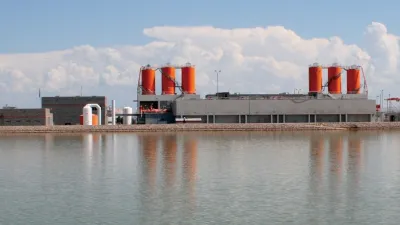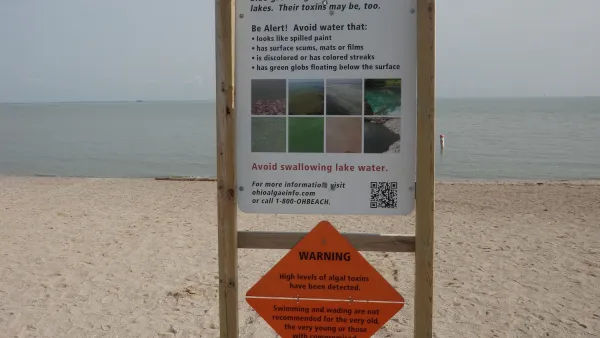The assessment identifies 385 failing public water systems and highlights significant funding gaps and affordability challenges in ensuring safe drinking water for disadvantaged communities.

The California State Water Resources Control Board's 2024 Drinking Water Needs Assessment reveals that 385 public water systems in the state are failing, impacting nearly 913,500 residents. The report, mandated by Senate Bill 200 and supported by the Safe and Affordable Funding for Equity and Resilience Drinking Water (SAFER) program, aims to address these issues through collective efforts from various stakeholders. Since the SAFER program's inception in 2019, over $831 million in grants have been distributed, bringing 251 water systems back into compliance and completing 142 consolidations to benefit approximately 100,000 people.
Despite these efforts, significant challenges remain, with 613 public water systems at risk and high-risk domestic wells and small water systems still present. The assessment highlights a projected five-year funding gap of $5.5 billion to meet the needs of failing and at-risk systems, with a total estimated requirement of $13.9 billion for achieving the human right to water. It also underscores affordability challenges, particularly in disadvantaged communities, where small water systems charge significantly more than larger systems.
The findings from the assessment are utilized by the State Water Board’s SAFER program to prioritize funding allocation, aiming to ensure safe and affordable drinking water for all Californians. The report stresses the need for continued investment and collaboration among government agencies, non-profits, and local communities to overcome these challenges and secure safe drinking water for vulnerable populations.

Montreal Mall to Become 6,000 Housing Units
Place Versailles will be transformed into a mixed-use complex over the next 25 years.

Planetizen Federal Action Tracker
A weekly monitor of how Trump’s orders and actions are impacting planners and planning in America.

Four Reasons Urban Planners Can’t Ignore AI
It’s no longer a question of whether AI will shape planning, but how. That how is up to us.

Bend, Deschutes County Move to Restrict Major Homeless Encampment
City and county officials are closing off portions of an area known as Juniper Ridge where many unhoused residents find shelter, hoping to direct people to housing and supportive services.

High Housing Costs Driving Down Transit Ridership in LA
When neighborhoods gentrify and displace lower-income residents, transit ridership suffers, new research shows.

Iowa Legalizes Accessory Dwelling Units
A new law will allow property owners to build ADUs on single-family lots starting on July 1.
Urban Design for Planners 1: Software Tools
This six-course series explores essential urban design concepts using open source software and equips planners with the tools they need to participate fully in the urban design process.
Planning for Universal Design
Learn the tools for implementing Universal Design in planning regulations.
City of Mt Shasta
City of Camden Redevelopment Agency
City of Astoria
Transportation Research & Education Center (TREC) at Portland State University
City of Camden Redevelopment Agency
Municipality of Princeton (NJ)
Regional Transportation Commission of Southern Nevada





























